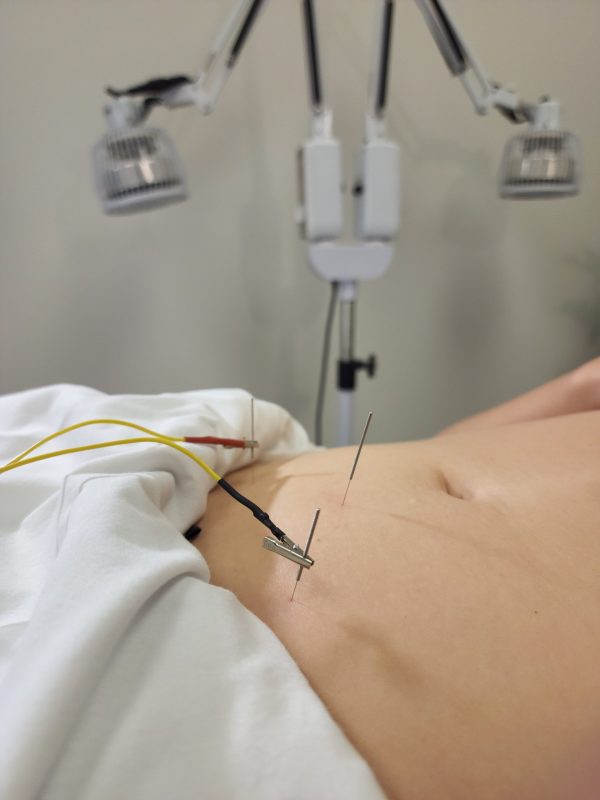Endometriosis in a nut shell
Endometriosis is a condition where endometrial tissue, the layer of the uterus that sheds monthly during menses, is found outside the uterine cavity most frequently in the abdomen (e.g. ovaries, bowel, bladder etc.). These lesions are reactive to hormones and can shed during menses despite their inappropriate location, leading to various different symptoms depending on where they are found. Endometriosis was previously believed to be a condition caused by hormonal dysregulation. However we now know that it is an inflammatory condition impacted by hormones not caused by them.

So what is histamine and how does it relate to endometriosis?
Mast cells which contain histamine amongst a number of other chemical messengers are best know as being the primary mediator of asthma and allergies. Thus why anti-histamines are often prescribed to manage allergic reasons. However histamine is involved in a number of physiologic processes beyond allergies including the production of stomach acid, inflammation, dilation of blood vessels, constriction of airways and as a neurotransmitter (a chemical messenger of the body) to name a few.
Endometriosis is not an autoimmune condition however immune dysfunction is at play. There is new evidence suggesting that mast cells play a role in this disease. Due to immunological changes it appears that people with endometriosis have a more significant histaminergic reaction. Meaning that mast cells release histamine more often than in the average healthy human. Histamine in this case can increase the blood flow to endometrial lesions, increase pain perception, and increase inflammation in the abdominal cavity.
The good news
Histamine levels can be modified by addressing emotional and physiological stressors, addressing the microbiome and via decreasing dietary food sources of histamine until stability is achieved. There are also antioxidants and herbs such as quercetin and Scuterllaria amongst others that have been shown to stabilize mast cell and decrease histamine output.
Ultimately, endometriosis is a multifactorial disease requiring a dynamic approach to treatment. This approach should most certainly include or at the very least evaluate the roll that mast cell dysfunction and histamine levels play in each individual with disease. It can be a critical and undervalued component to the treatment of endometriosis.
Resources:
- PMID: 30150993
- PMID: 19960410
- PMID: 27187333
- https://doi.org/10.1080/14728222.2017.1260548




